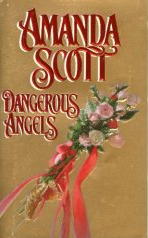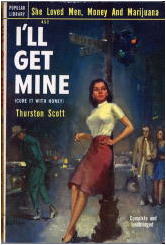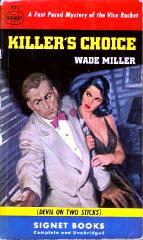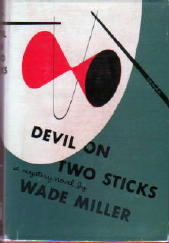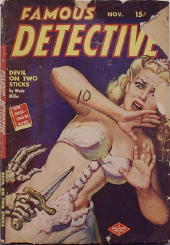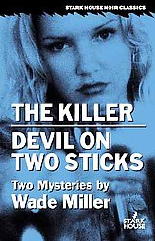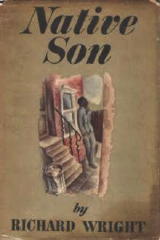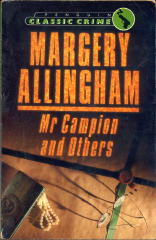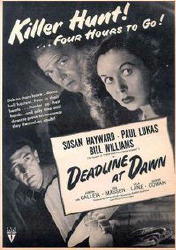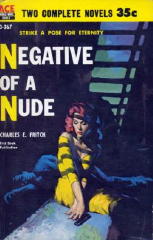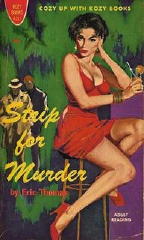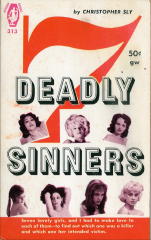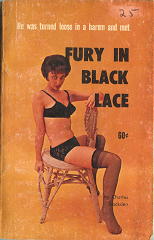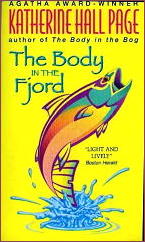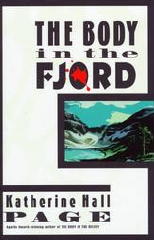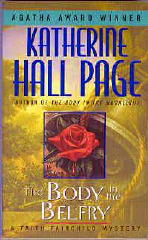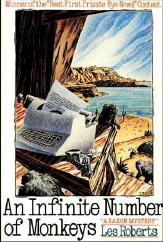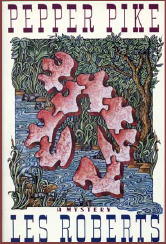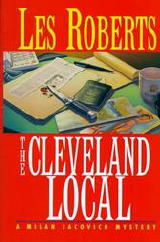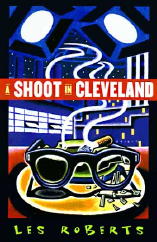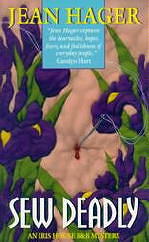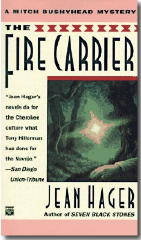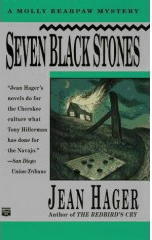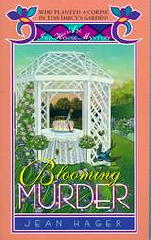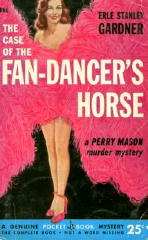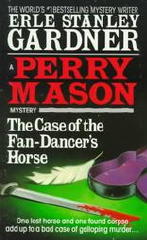Sun 23 Mar 2008
CATCH ME A SPY – George Marton and Tibor Méray.
Popular Library; paperback reprint, no date stated, but stated elsewhere to be 1971. Hardcover edition: W. H. Allen, UK, hc, 1971; Harper & Row, US, hc,1969.
I reviewed the movie based on this book way back in May of last year, then followed it up soon afterward with a short profile of the first of its two authors, George Marton.
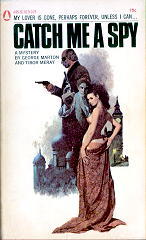
I mentioned then that it took me by surprise that the story was played for fun, so I wasn’t sure if the book was going to be a comedy as well. I played it cautiously as I read, waiting to see what would happen, and – I’ll tell you in a minute.
Here’s a short recap of the story itself. A young and rather naive English girl named Jennifer, the niece of a famous chemist, is wooed and romanced by a chap named Fenton who sweeps her off her feet and takes her off to a honeymoon in – Bulgaria. Where on their wedding night, before their marriage is consummated, he is whisked off to a Moscow prison.
Returning eventually – and disconsolately – to London, Jennifer decides on a plan: to find a spy on the other side operating in England whom she can capture and use in a swap to gain her husband back.
So here is where the humor comes in. I did say that Jennifer is naive, didn’t I? So unsophisticated in the world that she does not even know that Hungary does not have a navy, much less a naval attache. Is there a chance in the world that such a charming young woman – played by Marlène Jobert in the movie – would have a chance in the world at completing such a mission? It is but to laugh, although gently.
Whereas in the movie the comedy is much more physical, although again (if this makes sense) in a gentle way. The spy that Jennifer does meet – played by Kirk Douglas in the movie – also appears much earlier on in the film, a good choice that, as it gets the major players face to face quite a bit earlier.
The endings are also not quite the same, but at least they were built on the same basic premise, which of course is one that I cannot reveal. At only 174 pages of medium-sized type, the book is too slender to have even been a major player in the world of fictional spy fiction, mildly complex and no more. A pleasant diversion, that’s all, and no less.
Plus – and I’m sure it’s a huge bonus in some collectors’ minds – a really spiffy cover by Robert McGinnis, which I imagine you’ve guessed – and admired – already.
